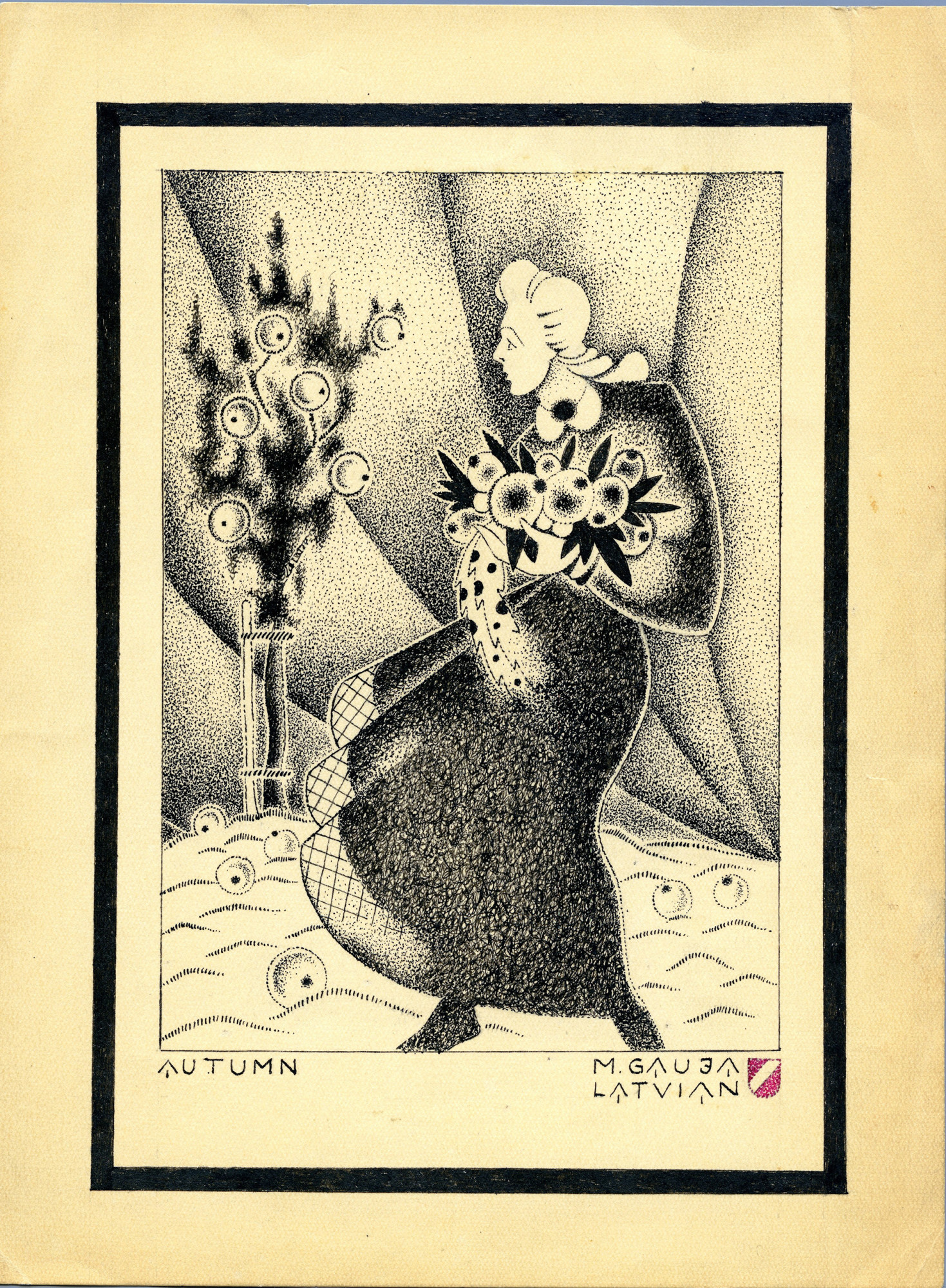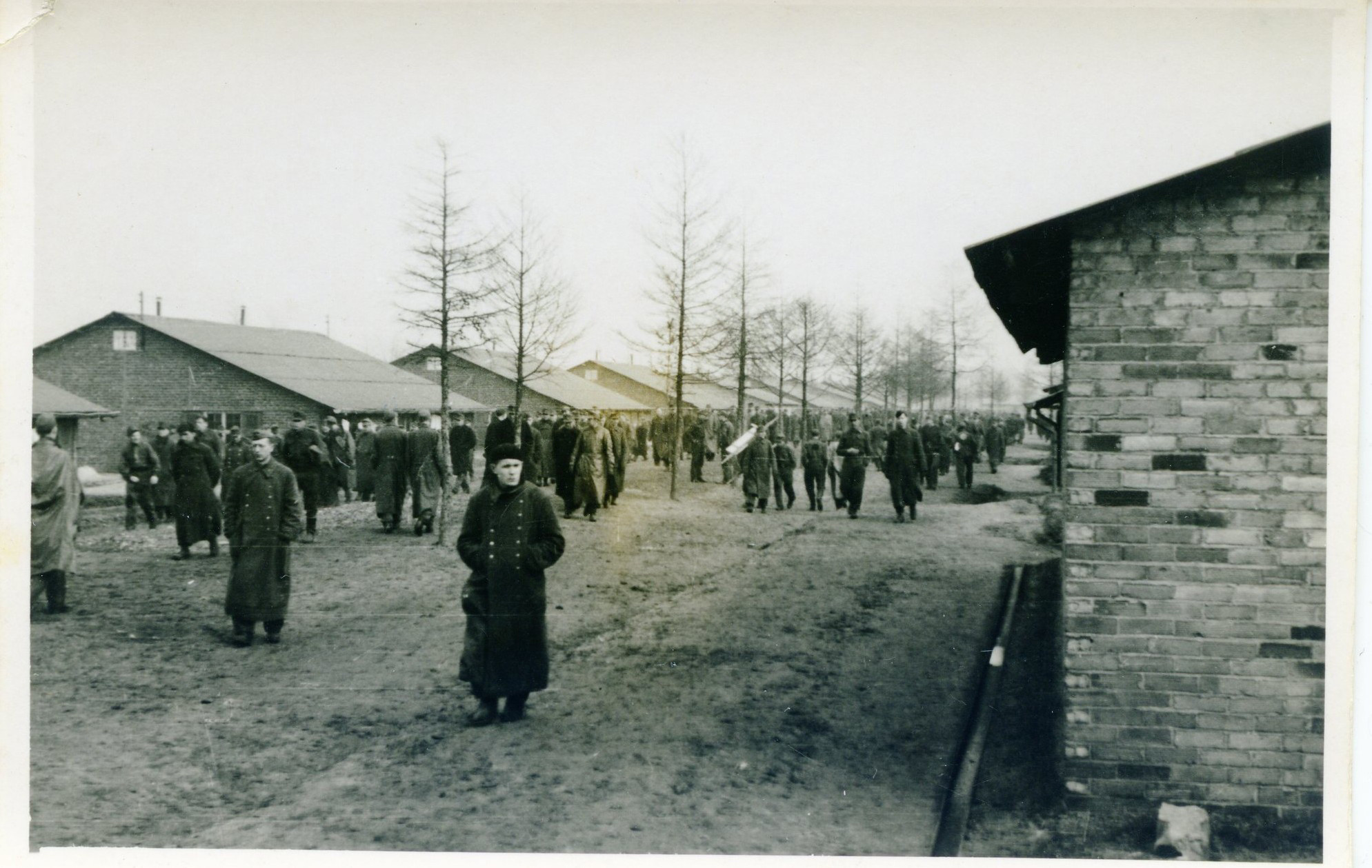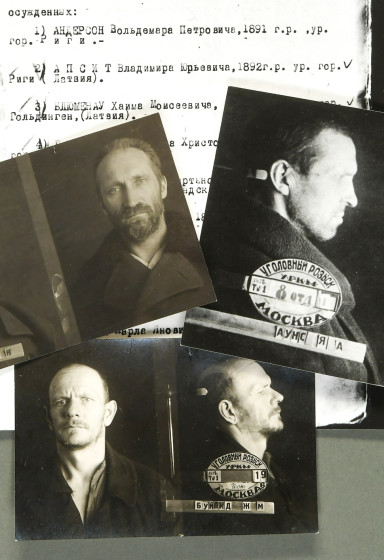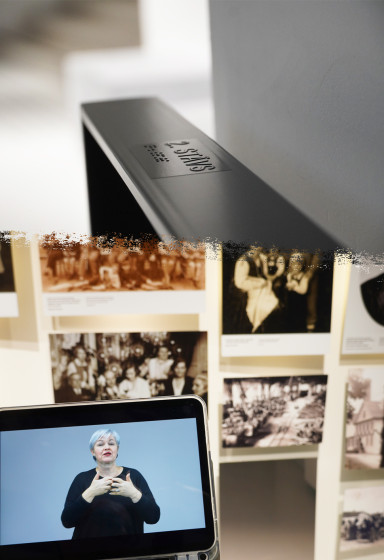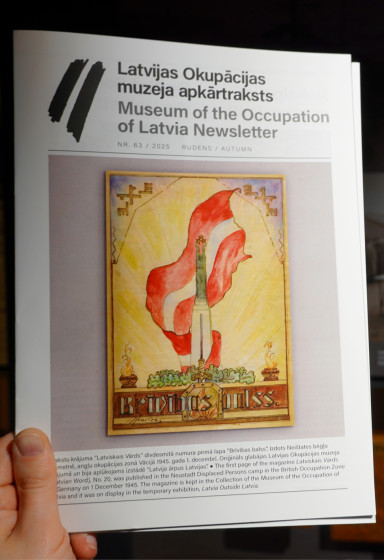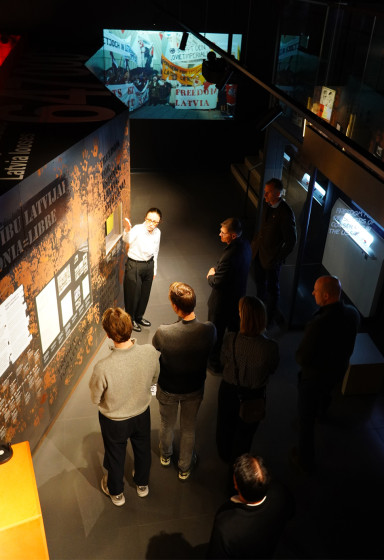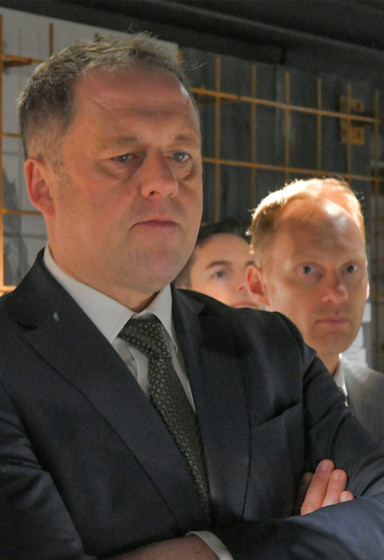Donate to Museum
Each donation helps to ensure the Museum's activities, allowing it to function and provide information for people from all over the world.
The Museum is grateful to each donor and invites everyone to contribute.
Mārtiņš Gauja. "Autumn".
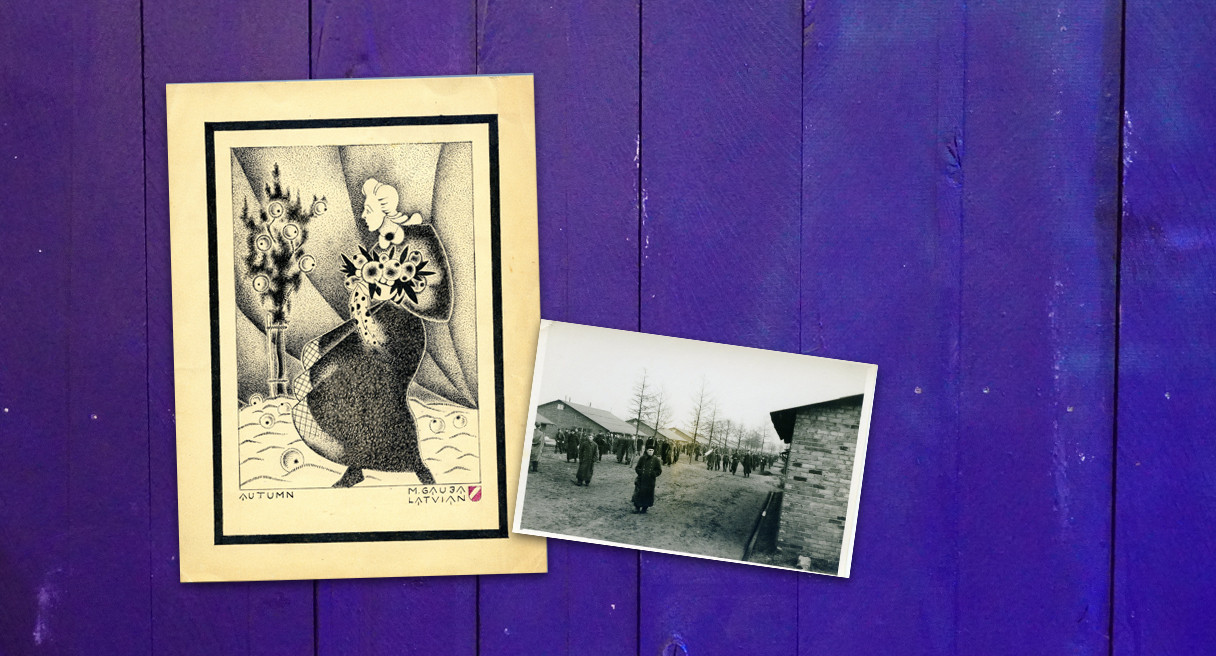
Following Germany’s ssurrender at the end of the Second World War, thousands of former Latvian legionnaires found themselves in captivity of both the Soviet Union and the Western Allies in Europe. One of the prisoner-of-war camps in which Latvians were held was located in Zeedelgem, Belgium. This camp housed 11,727 former Latvian legionnaires, including the graphic artist Mārtiņš Gauja.
Mārtiņš Gauja was born in Tirza, Latvia, on 22 April1915, but moved to Riga with his parents at a young age.
Gauja has been fascinated by drawing since childhood. Inspired by his artistic peers and acquaintances, including Kārlis Padega, Ernests Rirdāns and Jānis Dreslers, he began creating illustrations, especially caricatures.
In 1930, Gauja met Jānis Kuga, a professor at the Latvian Academy of Arts. Recognising Gauja's talent, Kuga recommended that he study at the Academy of Arts uponafter graduating from school. In the 1930s, his work was published in magazines such as Atpūta (Recreation) and Sikspārnis (The Bat). He continued to develop his talent, but his plans for the future were imterrupted by the Second World War.
During the Second World War, Gauja was conscripted into the Latvian Legion. He was captured by the Western Allies at the end of the war and held in the Zeedelgem prisoner-of-war camp.
The Museum of the Occupation of Latvia’s collection includes Mārtiņš Gauja's graphic work, Rudens or Autumn, created in the Zeedelgem POW camp at the beginning of 1946. Gauja’s drawings focused on real-life elements, which he arranged into dynamic compositions inspired by fantasy. The work Autumn depicts a woman standing next to a fruit tree. There are fruits visible on the tree, on the ground and in the woman’s hands. Under the artwork on the left, you can see the name of the graphic. On the right, you can see the artist's signature and the Latvian Legion symbol: a shield in the colours of the Latvian flag.
Following his release from the POW camp, Gauja was sent to a displaced persons (DP) camp in West Germany. While there, he worked as an artist at the International Refugee Organisation's (IRO) re-education centre. At the same time, he was an illustrator for Grāmatnieki (Booksellers), the publishing house founded by Jānis Daņķens.
Gauja emigrated to Australia in 1950 and settled in Sydney. There, he married Guna Sosts, and they had a son named Ēriks. Gauja also received a diploma in technical drawing and worked in this field until the age of 70. As well as technical drawings, he also created illustrations for the Latvian children's monthly magazine Mazputniņš (Little Bird) and the schoolbook Balsis un atbalsis (Voices and Echoes). Outside of his professional duties, he also organised seven solo exhibitions and regularly participated in various competitions from 1960 to 1988.
Gauja was involved in various organisations for Australian artists, but it was also important to him to bring together Latvian artists who were living outside of Latvia. Gauja was one of the people who initiated the foundation of the Australian Latvian Artists' Association in 1960, and he held leading positions in the organisation for several years. Gauja worked at the newspaper Austrālijas Latvietis (The Australian Latvian) for many years, writing reviews of art exhibitions. Regarded as the best art critic in exile, his reviews were compiled in the book Latvian Fine Art in Sydney from the Perspective of Mārtiņš Gauja, 1965-1999.
Mārtiņš Gauja passed away at the age of 91 in Australia on 17 July 2006.
The images in this article are from the Collection of the Museum of the Occupation of Latvia.
